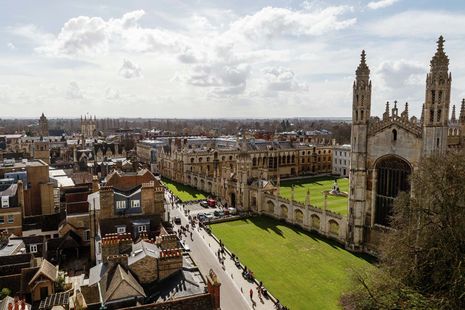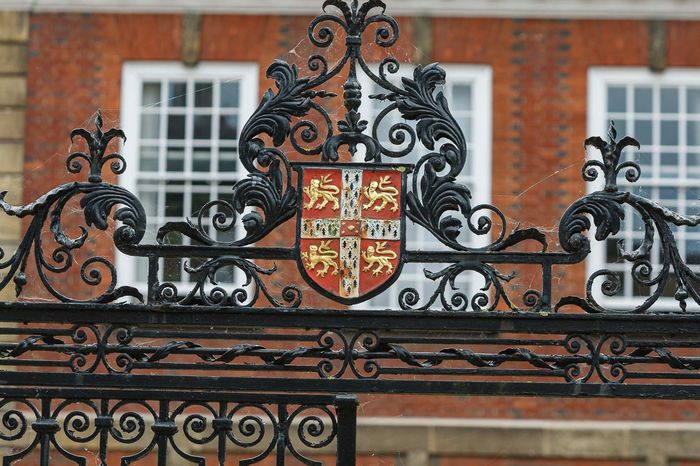University welcomes a record number of undergraduates for 2020/21
No offer-holder was asked to defer their place while the University’s statistics reveal a new record number of state educated pupils

The University will welcome the largest cohort in its history for the upcoming academic year after admitting almost 400 students who met the conditions of their offer following the government’s U-turn on awarding students’ their centre assessed grades.
This makes the undergraduate intake 10% larger than in 2019, a press release to Varsity detailed. While normally the University plans for an intake of around 3,450, this October nearly 3,900 students will be admitted.
Increasing the size of the cohort means that no student has been asked to defer their place after the confusion arising from A-Level results.
In the days after committing to admitting all offer-holders who met the conditions of their place based on their centre assessed grades, the University suggested that some students may be asked to defer because of capacity issues. This received criticism from many, including Cambridge SU, who argued “that offer-holders should not be forced to choose between giving up their offers or deferring their entry for a year” as “this is not an option for students from certain disadvantaged backgrounds.”
Commenting on the decision not to ask any students to defer, a University statement said “there has been a collaborative effort on the part of the Colleges to ensure accommodation and tuition can be found for everyone being admitted in 2020. Colleges have managed to free up extra places for undergraduates this year, at short notice. Everyone has been mindful of the need to minimise the potential impact on the cohort applying for places in 2021.”
How a larger cohort will work with respect to the social distancing recommended in the University’s #StaySafeCambridgeUni campaign remains to be seen.
The intake will also contain a record number of state school students. According to preliminary data, it is expected that 70% of the University’s UK students will come from state schools compared to last year’s rate of 68.7%.
The proportion of students coming from areas of low participation has also increased. Using the POLAR measure - which measures a local areas’ rate of participation in higher education - the proportion of students from POLAR quintiles 1 and 2, which have the lowest amount of participation in undergraduate education, rose from 13% to 14%. Using the Index of Multiple Deprivation measure, the intake of students from deprived backgrounds has risen from 18.8% in the 2019 admission cycle to 21.7% for this year’s cycle.
The University’s Vice-Chancellor, Professor Stephen Toope, welcomed the figures: “This summer has been an exceptionally challenging admissions process. Staff have worked round the clock to ensure that each student who has met their offer secures a place to study at Cambridge. And our Colleges have worked together to provide extra accommodation for the higher-than-planned-for intake.”
He continued: “This incredible effort means we are not having to compel any student to defer entry until 2021. I am also proud that we have the highest ever number of state school students arriving this year as well as greater numbers from economically disadvantaged backgrounds, underlying our commitment to providing equality of educational opportunity. We look forward to welcoming all our new students in October.”
 News / Downing investigates ‘mysterious’ underground burial vault 29 December 2025
News / Downing investigates ‘mysterious’ underground burial vault 29 December 2025 News / Unions protest handling of redundancies at Epidemiology Unit30 December 2025
News / Unions protest handling of redundancies at Epidemiology Unit30 December 2025 Lifestyle / Ask Auntie Alice29 December 2025
Lifestyle / Ask Auntie Alice29 December 2025 Features / ‘Treated like we’re incompetent’: ents officers on college micromanagement30 December 2025
Features / ‘Treated like we’re incompetent’: ents officers on college micromanagement30 December 2025 Science / Astronomical events to look out for over the break29 December 2025
Science / Astronomical events to look out for over the break29 December 2025










